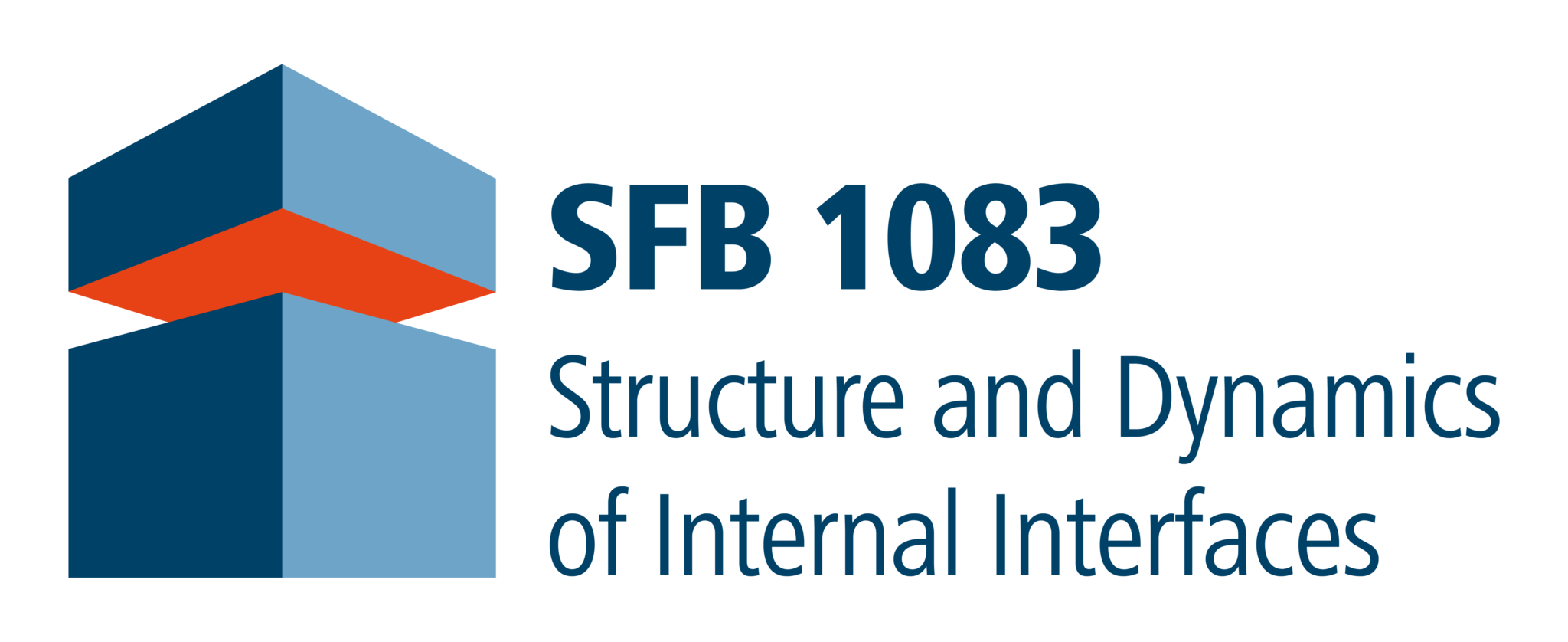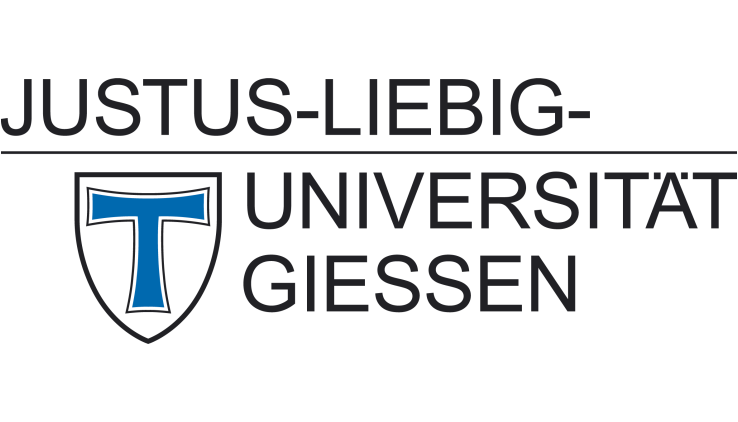Generation of transient photocurrents in the topological surface state of Sb2Te3 by direct optical excitation with mid-infrared pulses
K. Kuroda, J. Reimann, J. Güdde, U. Höfer
Physical Review Letters 116 (2016) 076801
The Dirac-cone surface states of three-dimensional topological insulators are characterized by a chiral spin texture in k-space with the electron spin locked to its parallel momentum. It is demonstrated by means of time- and angle-resolved two-photon photoemission (2PPE) that pulsed laser excitation of such a topological surface state (TSS) in Sb2Te3 offers the possibility to create and control spin-polarized electrical surface currents on ultrafast timescales.

Scheme of the experiment.
Topological insulators like Bi2Se3, Bi2Te3, Sb2Te3 and related materials have a band gap like ordinary semiconductors. The bulk of these materials is thus insulating at low temperatures. The electronic structure of the surfaces of these materials, however, is characterized by two-dimensional metallic states, so-called topological surface states (TSS) which have the form of Dirac cones at the Gamma point. In the TSS, the electron spin is locked to the parallel momentum. This chiral spin texture as well as the protection of the TSS by time-reversal symmetry makes topological insulators very promising for spintronic applications.

Normalized 2PPE intensity of the transient population in the Dirac cone at opposite parallel momenta, Intensity difference, and contributions of elastic momentum scattering and inelastic decay to the current decay.
Kuroda and coworkers employed mid-infrared (MIR) pulses with photon energies below the bulk band gap in order to directly excite electrons from the occupied into the unoccupied part of the TSS. With this pump scheme across the Dirac point, they were able to create a pronounced asymmetry of the transient TSS population in momentum space which corresponds to a spin-polarized photocurrent in real space. Time-delayed photo-emission out of the TSS allowed for detailed investigations of the microscopic scattering processes leading to the decay of the surface currents. The elastic scattering time of 2.5 ps deduced for Sb2Te3 corresponds to a mean-fee path of 0.6 µm. These values exceed those of electrons on metal surfaces by two orders of magnitude. The results provide clear experimental evidence that the TSS electrons are effectively protected from back scattering by phonons and non-magnetic impurities.
The discovery of optical coupling between the occupied and the unoccupied part of the TSS across the Dirac Point promises important advantages of photoexcitation by mid-IR pulses for spintronic applications. The novel direct excitation scheme permits the ultrafast generation of an unbalanced transient electron population in momentum space. Since this corresponds to a photoexcited electric current the work thus opens a pathway for a coherent optical control of spin-polarized electrical currents.

Angle-resolved 2PPE spectra for different time delays between the mid-IR pump and the UV probe pulses.






